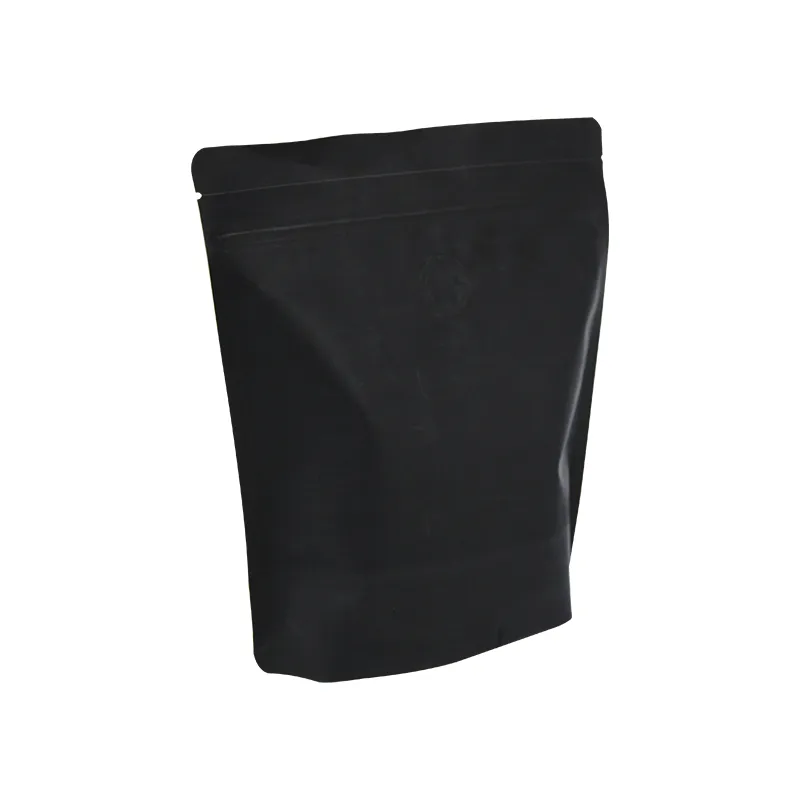- Afrikaans
- Albanian
- Amharic
- Arabic
- Armenian
- Azerbaijani
- Basque
- Belarusian
- Bengali
- Bosnian
- Bulgarian
- Catalan
- Cebuano
- chinese_simplified
- chinese_traditional
- Corsican
- Croatian
- Czech
- Danish
- Dutch
- English
- Esperanto
- Estonian
- Finnish
- French
- Frisian
- Galician
- Georgian
- German
- Greek
- Gujarati
- haitian_creole
- hausa
- hawaiian
- Hebrew
- Hindi
- Miao
- Hungarian
- Icelandic
- igbo
- Indonesian
- irish
- Italian
- Japanese
- Javanese
- Kannada
- kazakh
- Khmer
- Rwandese
- Korean
- Kurdish
- Kyrgyz
- Lao
- Latin
- Latvian
- Lithuanian
- Luxembourgish
- Macedonian
- Malgashi
- Malay
- Malayalam
- Maltese
- Maori
- Marathi
- Mongolian
- Myanmar
- Nepali
- Norwegian
- Norwegian
- Occitan
- Pashto
- Persian
- Polish
- Portuguese
- Punjabi
- Romanian
- Russian
- Samoan
- scottish-gaelic
- Serbian
- Sesotho
- Shona
- Sindhi
- Sinhala
- Slovak
- Slovenian
- Somali
- Spanish
- Sundanese
- Swahili
- Swedish
- Tagalog
- Tajik
- Tamil
- Tatar
- Telugu
- Thai
- Turkish
- Turkmen
- Ukrainian
- Urdu
- Uighur
- Uzbek
- Vietnamese
- Welsh
- Bantu
- Yiddish
- Yoruba
- Zulu
Strategies for Engaging Retailers to Stock Your Product Effectively
How to Get Stores to Sell Your Product
Getting your product on the shelves of stores can be a daunting task, but with the right strategy and approach, you can increase your chances of success. Here are some essential steps to help you get stores to sell your product.
1. Research Your Market
Before approaching any store, it's crucial to understand your target market and the competitive landscape. Identify who your ideal customers are and where they shop. Research your competitors to see how they present their products and what strategies they use to secure shelf space. Understanding this information will help you tailor your pitch effectively.
2. Develop a Solid Product
The foundation of getting your product into stores lies in its quality and uniqueness. Ensure that your product addresses a specific need or problem in the market. Focus on its design, usability, and overall presentation. A well-made, innovative product is far more likely to attract store owners and consumers alike.
3. Create an Eye-Catching Presentation
When you approach stores, you must have professional product packaging and marketing materials. This includes a compelling product catalog, high-quality photographs, and any promotional videos that showcase your product. A visually appealing presentation captures attention and demonstrates your brand's professionalism, making it easier for store owners to envision your product on their shelves.
4. Write a Compelling Pitch
Craft a persuasive pitch that outlines the benefits of your product and why it would be a good fit for the store. Highlight what sets your product apart from the competition and how it aligns with the store's brand and customer base. Be succinct yet informative, and prepare to answer any questions the store owner may have.
Networking plays a vital role in getting your product into stores. Attend trade shows, industry events, and networking gatherings to meet store buyers and industry professionals. Building relationships can often lead to more opportunities and open doors that cold emails or calls cannot. Remember to follow up with the contacts you make, as persistence can pay off.
how to get stores to sell your product

6. Consider Distributors
If you're having difficulty getting stores to agree to carry your product, consider working with distributors. Distributors often have established relationships with retail stores and can help get your product into various locations. They can also manage logistics, which allows you to focus on other aspects of your business.
7. Offer Samples and Demonstrations
One effective way to convince stores to stock your product is by offering samples. Allow store owners and potential customers to try your product firsthand. If your product is food or beverage-related, arrange tasting events. For other products, provide demonstrations that showcase their usefulness and appeal. Real-life experiences can significantly influence purchasing decisions.
8. Create an Online Presence
Having a strong online presence can boost your credibility and make your product more attractive to retailers. Create an engaging website with information about your product, its benefits, and customer testimonials. Utilize social media platforms to raise awareness and build a community around your brand. Retailers often look for products with a following or online presence, which can help push your pitch over the line.
9. Understand Retailer Needs
Take the time to learn about the specific needs of each store you approach. Some stores may prefer to sell local products, while others may focus on eco-friendliness or price point. Tailor your proposal to align with their goals and needs, and be open to feedback. This flexibility can help foster a relationship that leads to successful sales.
10. Follow Up
After your initial pitch, it’s essential to follow up with store owners. A polite email or phone call expressing your gratitude for their time and reiterating your interest can keep your product top-of-mind. In your follow-up, you can also provide any additional information they may have requested or answer any lingering questions.
Conclusion
Getting your product into stores requires a combination of thorough research, effective marketing strategies, and relationship building. By following these steps, you can improve your chances of success in retail. Stay persistent, be prepared to adapt, and maintain a positive attitude. With dedication and a well-executed plan, you can achieve retail success for your product.













